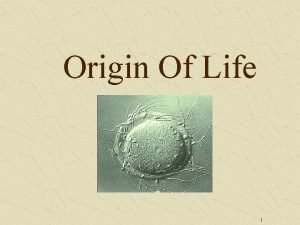Peter Ruggiero Peter Ruggierooregonstate edu ENVISIONING A RESILIENT

- Slides: 1

Peter Ruggiero Peter. Ruggiero@oregonstate. edu ENVISIONING A RESILIENT OREGON COAST Co-developing alternative futures for adaptation planning and decision-making CHRONIC COASTAL HAZARDS MOTIVATION Hazard Mitigation Objectives for Chronic Coastal Hazards 1. Protect Infrastructure 2. Plan for reducing impacts 3. Protect and restore ecosystems FEATURED PROJECTS AND RESULTS Research that Supports this Effort: Capturing Impacts of Climate Change in Chronic Hazards Models Shoreline Change Analyses and Projections Sediment transport patterns in Oregon shift based on storm events, seasons, and multi-decadal climate oscillations 1. Hazards and Impacts 1. Coastal Erosion What policies should we enact today if current erosional and depositional patterns will change in 10 years? In 50? 2. Coastal Flooding Sea level rise and changes to storminess patterns may significantly increase the frequency of coastal flooding and erosion. Impacts include : • Loss of life • Damage to infrastructure and ecosystems • Disrupted networks • Significant loss of revenue • Policy questions/headaches Meredith Leung leungmer@oregonstate. edu Time series of waves are used to drive shoreline change flooding and erosion sub-models in Envision. A new model framework (TESLA-EX) allows us to derive probabilistic wave time series that incorporate sea level rise, climate oscillations, seasons, etc. into our chronic coastal hazards models. Initial Application TESLA-EX produced time series can be used to predict dune erosion using lidar derived topography and computational erosion models. Extreme Water Level Modeling Many complex processes interact to drive extreme water 2, 3 levels. What timescales of predicted water levels are most useful for management decisions? Nearshore/Beach/Dune Monitoring and Modeling Event to Seasonal to Interannual coastal change observations for understanding impacts to life, property, and 4, 5 ecosystems. Are you familiar with additional models or datasets that should be included in this study? Adaptation options include: • Monitoring • Risk assessments • Changes to land use planning such as implementing coastal hazard zones, conservation easements, construct only in safest sites, etc. QUESTIONS & FEEDBACK 1. How do chronic coastal hazards impact your work? 2. How could your work benefit from projected probabilistic chronic hazards? What questions might they answer? REFERENCES 1. 2. 3. 4. 5. Anderson, D. , et al. (2018) doi: 10. 1029/2018 JF 004689 Serafin, K. , Ruggiero, P. (2014) doi: 10. 1002/2014 JC 010093 https: //tidesandcurrents. noaa. gov/ http: //nvs. nanoos. org/ Hacker, S. D. , et al. (2012) doi: 10. 1111/j. 16000706. 2011. 18887

